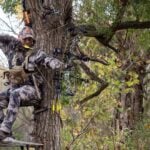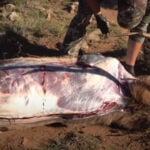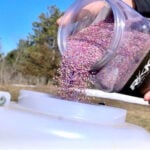Last fall, a friend was telling me about all of the scrapes he’d found along a ridge behind his house. The more he talked about it, though, the more confused I became about what exactly he’d found.
And then he asked if it was possible to tell the size of a deer’s antlers by the scrape it had made. Finally, I asked if he had a photo of the scrape, and just as suspected, he showed me a 4-inch diameter tree that had been shredded by a mature whitetail.
“You’ve got a big buck around,” I said, “but that’s a rub, not a scrape.”
Many hunters use the terms rub and scrape interchangeably. But the truth is, they are very different things. Each one serves a distinct purpose in how whitetails communicate. Below is a closer look at rubs and scrapes and how they differ.
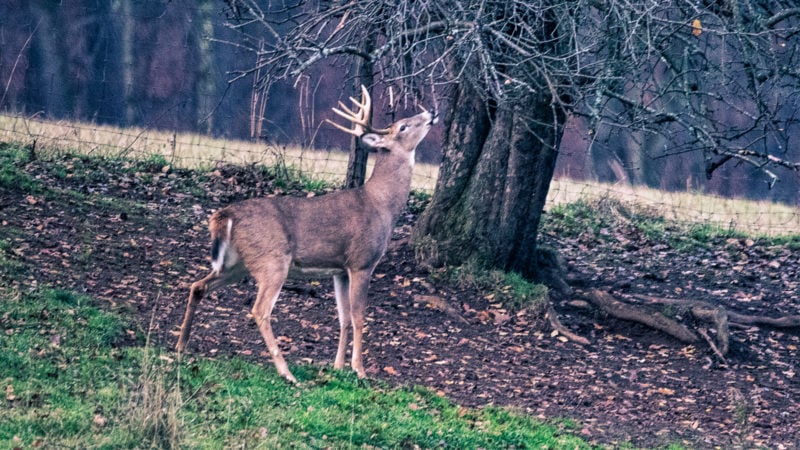
What is a Rub?
A rub is created when a buck rubs its antlers on saplings, brush, small trees, and even fence posts. Throughout the process, the bark or surface of the object is peeled away to expose the fresh wood underneath.
As bucks make these rubs, they place scent from forehead glands and pre-orbital glands on the exposed wood that lets other bucks in the area know of their existence. They’re basically announcing their presence, and in some cases marking their territory, to establish their place in the pecking order once breeding season arrives.
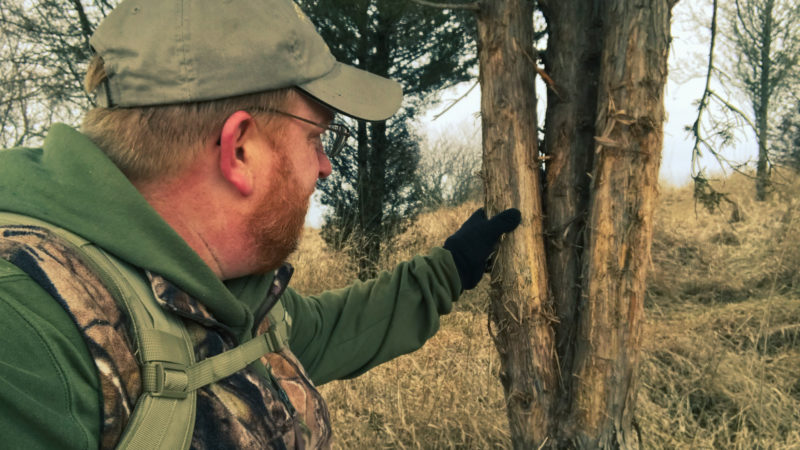
What is a Scrape?
A scrape is made when a buck paws the ground with its hooves to expose a bare patch of dirt. As he does so, he deposits secretions from the interdigital glands located between the toes of each hoof.
Scrapes are generally oval-shaped, and sometimes (but not always) found with a sapling or tree branch hanging out over them. This over-hanging branch is referred to as a licking branch. As the buck creates the scrape, it will often rub its forehead and pre-orbital area on these licking branches to deposit scent.
Also, once he has cleared a small patch of earth under the branch, he will urinate in the scrape with the urine passing over the tarsal glands located on the inside of each hind leg. As a doe approaches its estrus cycle, it will also urinate in the scrape, alerting local bucks that she is, or will soon be, ready to breed.
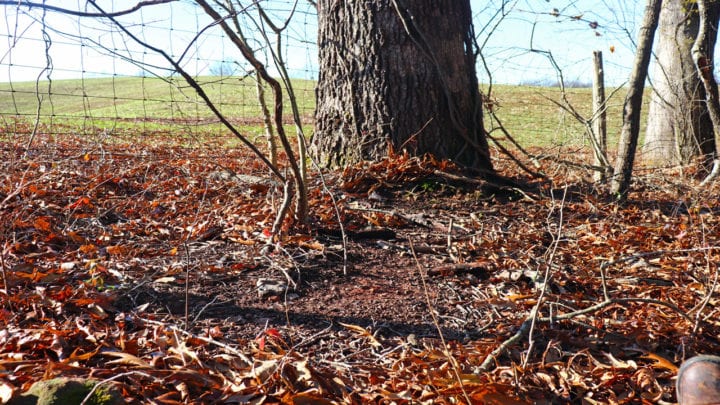
When are They Made?
Rubs and scrapes are not exclusive to breeding. Whitetails are aggressive animals that will often assert their dominance within the herd when given the opportunity. Despite their differences in appearance, rubs and scrapes share a lot of the same characteristics and can be classified into three categories: boundary, random, and primary.
Boundary rubs and scrapes are made around the boundary of a field or along a farm road or open travel corridor. They’re typically found around the edges of some type of opening and usually made during first or last light or at night.
A random rub or scrape is exactly what it sounds like. These are purely a result of any buck’s tendency to mark its territory or just do something because they can and they’re in the mood, sort of like a male dog lifting its leg on a fire hydrant. If a branch happens to be hanging in the right place at the right time, a buck will sometimes stop and make a scrape under it.
Same goes with rubs. He may never even visit these scrapes or rubs again, so if you find one in an area where there are no trails or other sign and wonder about their significance, rest easy. There isn’t any. The buck just happened to be in the mood at the time he made them.
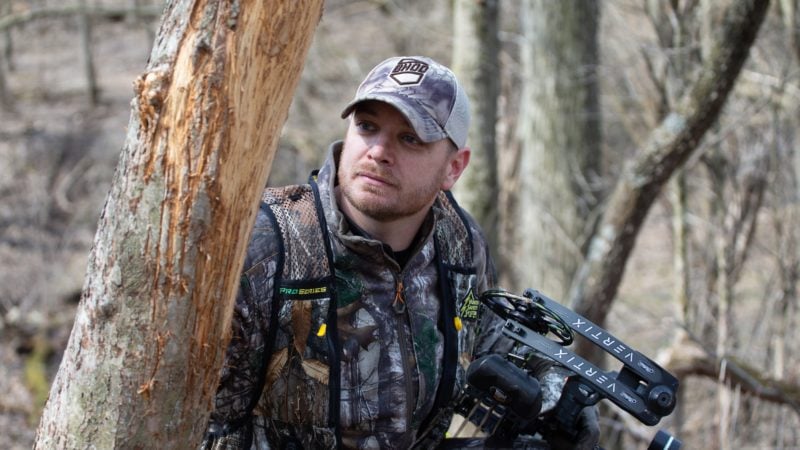
Primary rubs and scrapes are a different story, and these are the ones you should pay the most attention to. Primary scrapes are found along well-used trails and are used by both bucks and does.
Both will work the licking branches, and both will urinate in these scrapes, too. Some of the best primary scrapes to hunt are located around the edges of known doe bedding areas and food sources, and they provide the most potential for catching a buck during daylight hours.
Primary rubs aren’t so much about single rubs as they are clusters of rubs. Wherever you fight groups of rubs in an area is a good sign that bucks are staging there and will revisit soon.
It’s sort of like the meeting place where bucks stop by to check on the local competition before continuing on their travels.
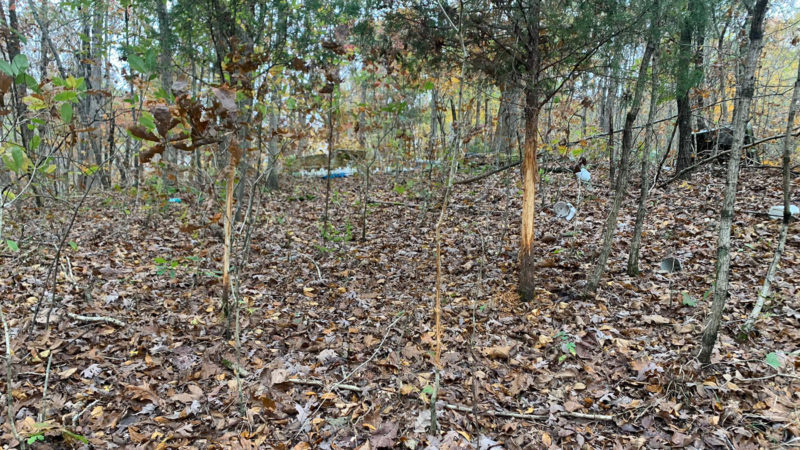
Rubs can also be a good indicator of historical deer movement. Unlike scrapes, which get covered with leaves and debris throughout spring and summer, last year’s rubs may be faded, but their scars are still visible.
Finding an area with rubs of various ages means you’re in a location where bucks prefer to be. And unless the habitat or food sources change drastically, that historical data can go a long way into predicting their movements in the future.
Which is Best to Hunt?
Many hunters disagree over whether it’s better to hunt over rubs or scrapes. Truth is, mature bucks can be killed near either one, but here are some things to consider:
First, the quality of the sign. A rub on a large-diameter tree can get the adrenaline pumping, but remember, it’s just one rub. It may signal that a mature buck has passed through the area, but it’s no guarantee that he’ll be through again.
The same can be said about a single scrape. During the course of a season, bucks make hundreds of rubs and scrapes that they never return to. However, if there are enough rubs or scrapes present that you can discern a distinct “line” or pattern of movement, then you’ve likely found a travel route.
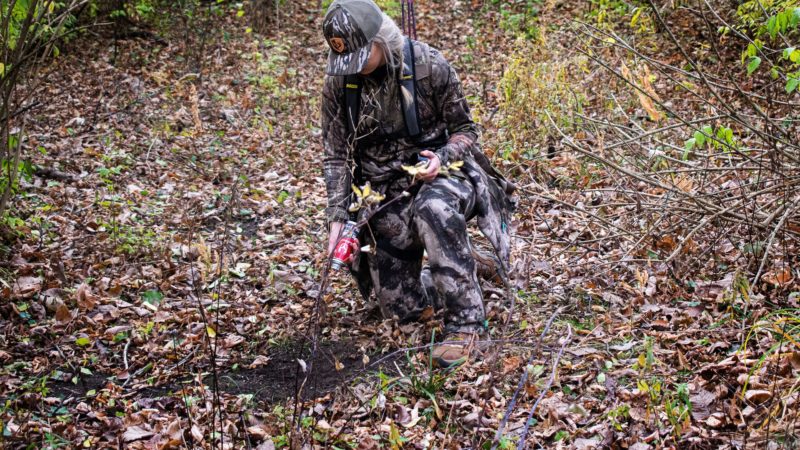
Second, the location of the sign. The best rubs and scrapes to hunt will almost always have other rubs and scrapes nearby. For instance, a single big rub in wide open woods, or in a big open hollow, with no other rubs around might be nice to look at, but chances are it was made at night or was just a random result of a buck passing through the area.
However, clusters of rubs and scrapes near bedding areas or food sources are prime stand locations, and hunting over either one is a sure-fire tactic for success.
Third, time of year. Whitetails experience numerous changes throughout the course of any season. Food sources, habitat, and bedding areas can change from where you find the first rubs or scrapes in September compared to when deer are rutting in November. Rubs made in September won’t do you much good if the acorn crop dried up and deer are feeding somewhere else by Halloween.
Always look for the freshest sign, whether it’s rubs or scrapes, and base your decision on where to hunt on that. The best locations to hunt are the transition zones between where the deer are bedding now and where they’re feeding now, period. Find those and you’ll find fresh rubs and scrapes to set up on.

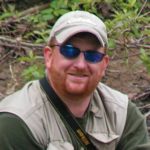 By
By 